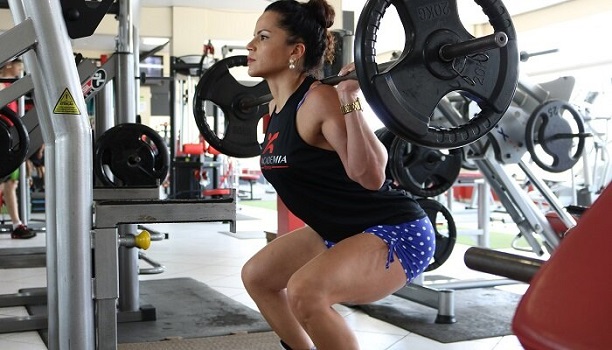For years, scientists and athletes have sought to understand the intricate processes behind building strong and healthy muscles through regular physical activity – and with good reason. Humans rely on strong muscles for various daily activities, from playing sports to performing household chores. But determining just how exactly exercise leads to muscle growth can be complex and often leaves many unanswered questions. Fortunately, modern science has uncovered more comprehensive answers than ever by mapping out protein synthesis pathways that allow us to create new muscle fibers when exercised appropriately. This article will delve into the science of muscle growth, providing insights into how exercise builds muscle.
1. Understand the Basics of Protein Synthesis
Protein synthesis is the process by which cells create new proteins essential for everything from cell structure to biochemical reactions. At its most basic level, protein synthesis involves translating the genetic information encoded in DNA into the amino acid sequences that comprise proteins. This complex process is regulated by a host of enzymes and other cellular machinery, and it requires a diverse range of biochemical reactions and energy sources to function properly.
Understanding the basics of protein synthesis is vital for anyone interested in molecular biology or genetics, as it provides insights into the fundamental workings of living cells. With that in mind, let’s dive into the fascinating world of protein synthesis and explore the intricate mechanisms that govern this critical biological process.
2. Lift Weights Regularly to Stimulate Muscle Growth
Lifting weights isn’t just about looking good, it’s also essential for maintaining a healthy body. Regular weightlifting stimulates muscle growth, which can help increase your metabolism and boost your overall strength. The key is to be consistent with your routine, gradually increasing weight and intensity over time to challenge your muscles continuously. You have to balance between muscle and health, so be sure to get enough rest and nutrition, too, as the body needs time to recover from exercise and build muscle. With dedication and hard work, you’ll quickly see the benefits of incorporating regular weightlifting into your fitness regimen.

3. Know Which Types of Exercise Work Best for Building Muscle
Building muscle can be challenging, especially if you need help determining which exercises work best for achieving this goal. While there are many exercises to choose from, not all are created equal regarding muscle building. Compound exercises like squats, deadlifts, and bench presses are known for their effectiveness in working for multiple muscle groups simultaneously and are a great place to start.
Isolation exercises like bicep curls and calf raises can also effectively target specific muscles. The key is to vary your exercises and continually challenge your muscles to keep them growing stronger. By incorporating a mix of compound and isolation exercises into your workout routine, you’ll be on your way to achieving the gains you’re after.
4. Eat a Balanced Diet With Enough Protein for Optimal Gains
A well-balanced diet is an essential factor in maintaining good health. However, if you’re looking to maximize your gains, ensuring you’re getting enough protein is vital. Protein is the building block of muscle; without it, your body won’t be able to repair and grow muscle tissue after a workout.
While dietary requirements vary depending on your body weight and level of physical activity, a general recommendation is to consume 0.8 grams of protein per kilogram of body weight. You can easily meet this requirement by including protein-rich foods such as lean meat, fish, beans, nuts, and tofu in your meals.
5. Get Adequate Rest and Recovery Between Workouts
Getting in a good workout session is crucial for maintaining a healthy lifestyle. However, the time you take to recover between these workouts is equally important. Adequate rest and recovery ensure that your body heals and rebuilds muscle tissue, ultimately enhancing your performance.
Moreover, it can also help reduce the risk of injury and feeling refreshed for the next workout. So, you must give yourself enough time to recover and replenish after each session. Whether it’s through getting enough sleep, proper nutrients, or active recovery, taking care of your body pays dividends.
6. Track Your Progress to Monitor Improvement
Tracking your progress is an essential component of achieving meaningful improvement. By measuring and monitoring the areas where you want to grow, you can keep yourself accountable and motivated to achieve your goals. It’s important to choose relevant, measurable, and achievable metrics and establish a baseline from which to measure progress. Whether you’re working towards a fitness goal, learning a new skill, or striving to improve your performance at work, tracking your progress can provide valuable insights and help to keep you on track.
Achieving your fitness goals takes dedication and hard work, but you can reach them with the right combination of exercise and diet. Incorporating compound exercises, lifting weights regularly, eating a balanced diet with enough protein, getting adequate rest and recovery between workouts, and tracking your progress is essential for achieving optimal gains. So stay determined and consistent, and you’ll soon have the body and health you desire.


















